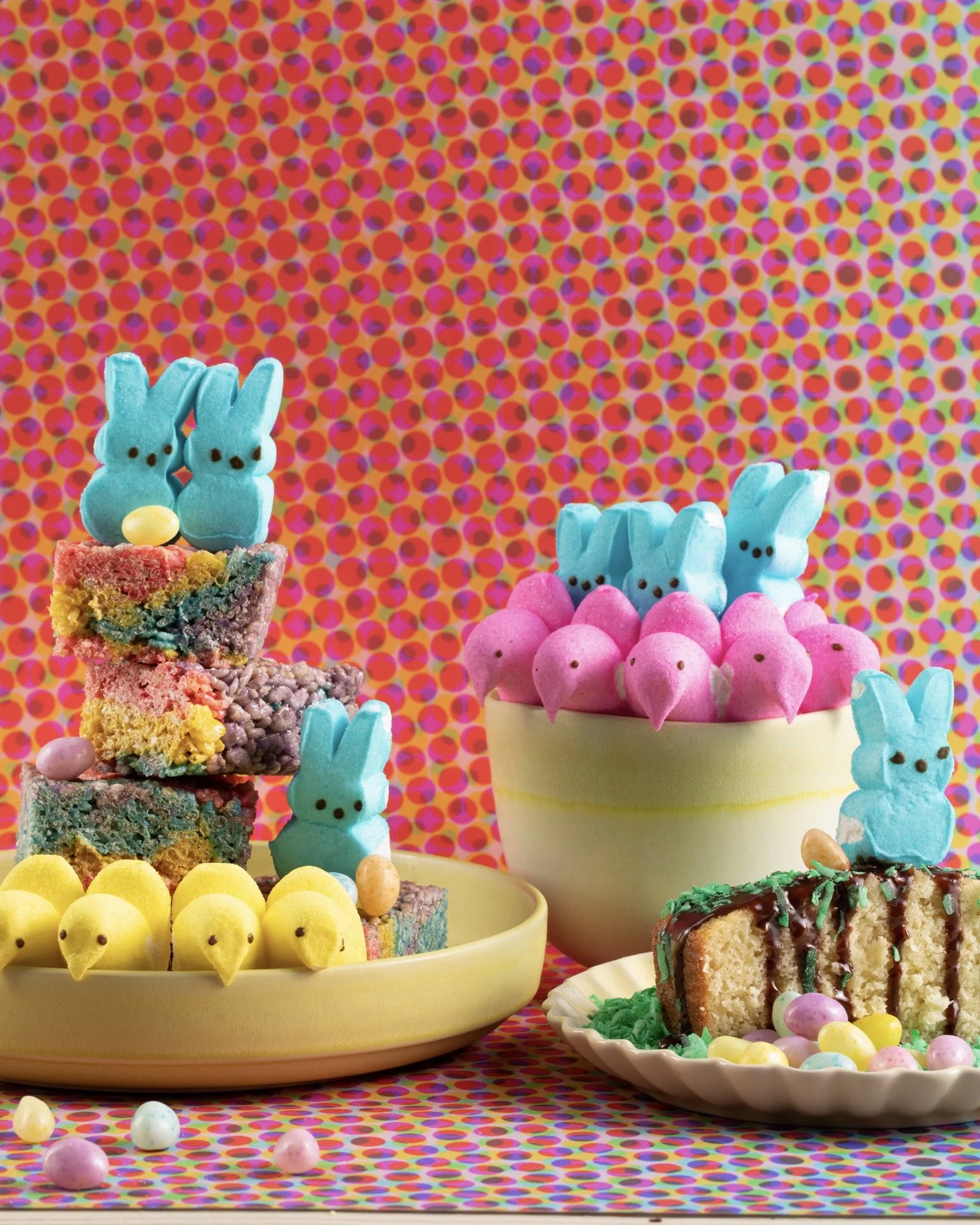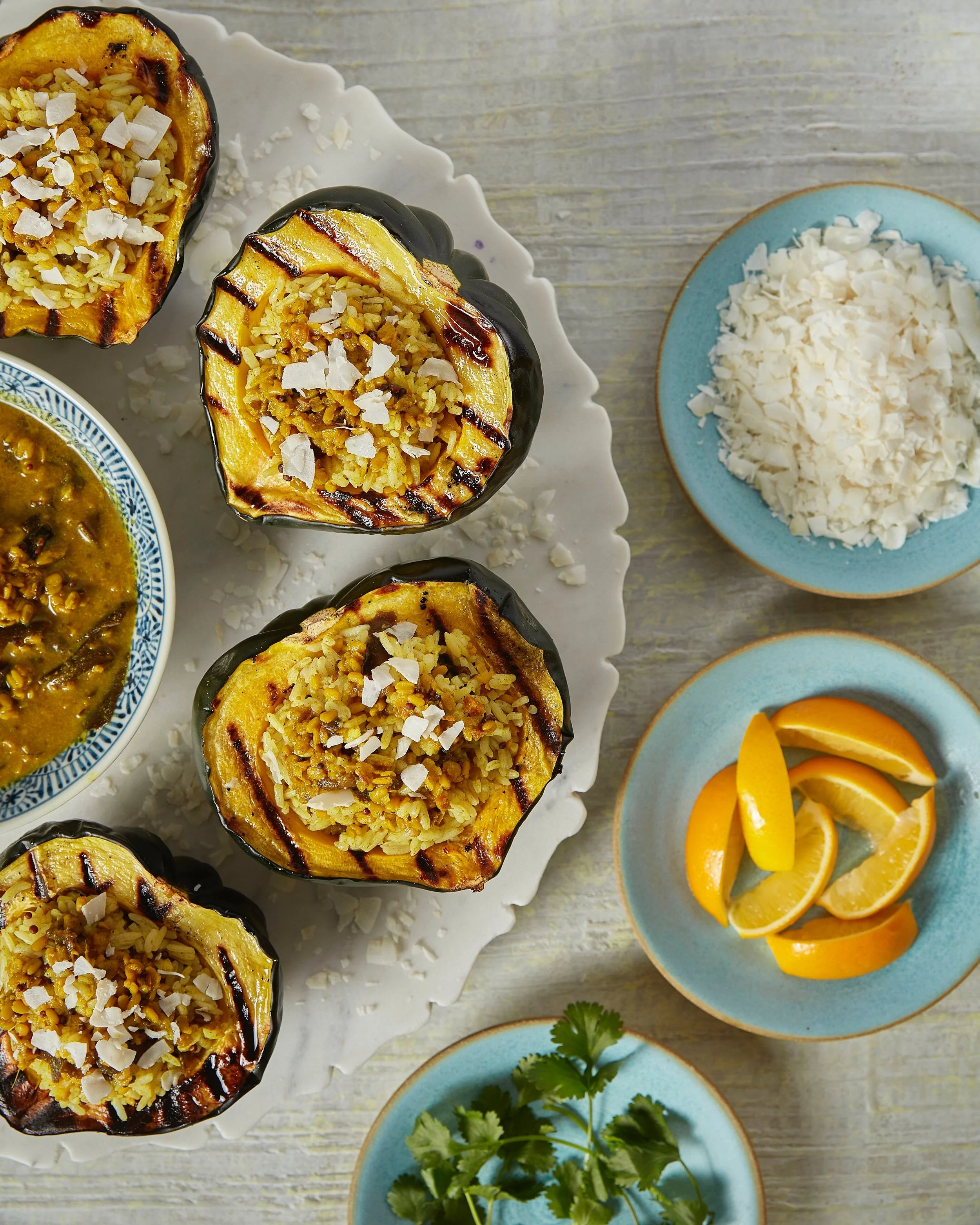Preserving the Harvest
Photography by Adam Milliron / Styled by Quelcy Kogel
Preserving the Harvest: How Shrubs Have Made the Ultimate Comeback
By Hal B. Klein
The first time you lift a glass of shrub toward your nose, the idea of making a cocktail with it — or sipping for refreshment — seems ridiculous. The aroma of a shrub is all vinegar. Yet its nose belies its flavor: dare to be bold and taste the peculiar concoction. The reward is a refreshing mix of sweet, tart, and sour.
Despite their sharp pungency, shrubs, otherwise known as “drinking vinegars,” are a perfect way enjoy the preservation of a season’s harvest. Those craving a local expression can capture it in a bottle and preserve it for months.
Shrubs can be prepared in a variety of ways. In the cold method, fruits or vegetables are mashed, mixed with sugar, and then refrigerated for several days. The liquid is then strained from the solids and mixed with an equal amount of vinegar. A more traditional method calls for first steeping pulverized produce in vinegar for a week, and then adding just enough sugar to sweeten the mix at the end of the process. If you want a faster shrub, the long steeping process can be skipped entirely by juicing the fruit and then gently simmering all the ingredients for a few minutes;with this method, purity of flavor is traded for immediate gratification. Shrubs are ready to drink right after mixing, but benefit from a few weeks’ conditioning in the refrigerator; kept cool, they’ll last for at least six months.
They are an especially outstanding ingredient for either a simple spritzer or an invigorating cocktail. In fact, the name shrub comes from the Arabic word sharab, roughly translated as, “to drink.” “I would rather mix with local produce than esoteric liqueurs from all over the place,” says Will Groves, beverage director of Butterjoint, in Oakland.
The idea of preserving seasonal bounty in vinegar dates back millennia. Vinegar is naturally antimicrobial, so fruits or vegetables steeped in the pungent liquid last months longer than their quick-to-rot counterparts left sitting on the kitchen counter.
The modern industrial food era, combined with transportation innovations and improved refrigeration, rendered the production of shrubs unnecessary. The technique became so endangered that Slow Food listed it on their Ark of Taste, “a catalog of foods in danger of extinction.”
Slow Food credits a central Pennsylvanian farmer with a bumper crop of raspberries for reviving the fading method of preservation. Toward the end of the 1986 growing season, David Tait of Tait Food Farms in Centre Hall found himself with an excess of over 1,000 pounds of ripe raspberries that needed to be harvested. He froze the raspberries, but sales of the frozen fruit were slower than anticipated. So he decided to look for other solutions to offload the unsold berries. A friend’s mention of an old-time recipe, by Mennonite chef Betty Groff, leads to the idea of making shrub.
"It was just like David Tait to go for something crazy like a raspberry shrub,” says Kim Tait about her late husband.
And it did seem like a bit of a crazy idea at first. Raspberry shrub certainly wasn’t an easy sell. "In the beginning, we weren't the cute girl at the party. We really had to explain what it was,” Kim says.
For the next 20 years, Tait Farms shrub was basically a curiosity, something novel, perhaps, to bring home from a county fair. "Only people who read history books or saw it at Colonial Williamsburg really knew what it was,” Tait jokes.
Yet, over the last few years, as the DIY artisanal food resurgence has permeated the culinary scene, it’s no surprise that craft cocktails creators began looking to the history books for flavorful additions to their drinks.
“It’s doing what people have been doing forever with preserving food, only I get to do it behind the bar,” Groves says. “They play really well with alcohol.”
Groves, now in his second season of shrub-making, says that making a shrub is the perfect way for a bartender to allow flavors from one season to reignite memories of a season past. The strawberry shrub he made last spring will appear on this year’s Valentine’s Day menu, for example.
“You get all that brightness, all that acidity, all that fruitiness, and you get to have a cool, delicious drink even if there’s a foot of snow outside,” he says.
As for Tait Farms shrubs, they’re now the belle of the ball. In addition to a brisk local business, their shrubs can be found in Whole Foods Market Pittsburgh, Marty’s Market, East End Co-Op and the McGinnis Sisters stores.
"I call it ‘Back to the Future,’” Tait says. “We're taking these traditions of the past that are pretty simple and making them modern and bringing them to modern customers’ tastes. It's fascinating.”
12 Month - 6 issue subscription












Indulge in the taste spring with this delicious Cherry Galette